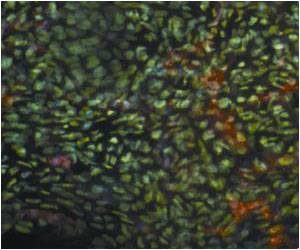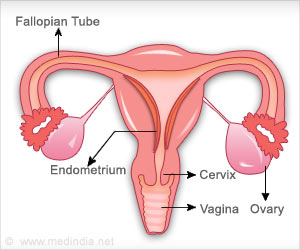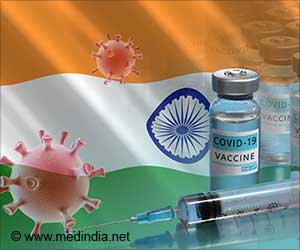In the multi-site, early phase study recently published in Science Advances, investigators genetically reprogrammed diabetic and non-diabetic peripheral blood cells into hiPSCs and matured the cells into special blood vessel reparative cells. Upon injection into animal models with type 2 diabetic murine (T2D) retinal dysfunction, results showed significant improvement in visual acuity and electroretinograms with restoration of vascular perfusion. They hypothesized hiPSC-derived vascular reparative cells may serve as a source of endothelial precursors that will display in vivo vessel reparative properties in these diabetic subjects.
“Unlike the use of embryonic stem cells (ESCs), genetically engineered hiPSCs do not carry the ethical challenges ESCs possess that limit their possible usage, and hiPSCs are being increasingly recognized as a viable alternative in study design and application as a cell therapy for human disorders,” Gil said.
In 2019, more than 11 percent of adults ages 18 and older reported severe vision issues or blindness and more than 1.87 million adults were diagnosed with major cardiovascular disease.
“This work by Dr. Gil represents a monumental step forward in the application of induced pluripotent stem cells in treating the complications of diabetes,” said Michael P. Murphy, MD, the Cryptic Medical Research Foundation Professor of Vascular Biology Research at IU School of Medicine, a vascular surgeon at IU Health and Eskenazi Health and a coauthor of the study.
Researchers converted hiPSC into a specific mesoderm subset that was enriched to generate endothelial cells with vessel reparative properties similar to endothelial colony forming cells (ECFC). Endothelial cells are cells found in the inner lining of blood vessels, lymph vessels and the heart and are a major component in regulating vascular function and inflammatory reactions. Endothelial cells control blood flow and regulate the transfer of proteins from blood into tissues.
Gil said the specific mesoderm subset expressing KDR, NCAM1 and APLNR (KNA+ mesoderm) exhibits enhanced capacity to differentiate into ECFC and form functional blood vessels in vivo and that mesoderm populations correct vasodegeneration of injured retinal vessels. Electroretinograms indicate enhanced function of neural retina and optokinetic nystagmus studies show improved vision.
“The next translational step of the work is to transfer the research protocols reported for differentiation of the hiPSC into to S-KNA+ cells into large scale manufacturing processes,” said Mervin C. Yoder, MD, distinguished professor emeritus and research advisor for the Indiana Center for Regenerative Medicine and Engineering. Yoder is another coauthor of the study and is the scientific founder of Vascugen, a company driven to advance treatments for life-threatening conditions caused by microvascular conditions. “Selected aspects of this work have been licensed by Vascugen, Inc., through the Indiana University Innovation and Commercialization Office, who are focused on developing vascular reparative cells from induced pluripotent stem cells.”
Another study coauthor is Maria B. Grant, MD, the former Marilyn Glick Professor of Ophthalmology at the IU School of Medicine Eugene and Marilyn Glick Eye Institute and current endowed chair of ophthalmology at UAB. Grant said this is a highly translational study that is a continuation of a grant she and Yoder have been working on for the last 20 years regarding stems cells and how they can be used to repair blood vessels in the eye. While hiPSCs can take a long time to grow, the study team simplified the process to shorten the time to grow them and make them more feasible to translate into a human therapy to repair blood vessels in the eye.
“At UAB, we took the stem cells and hiPSC cells and studied them,” she said. “Science is really team science. I bring all the eye experience and some stem cell experience, and Dr. Yoder brings a lot of stem cell experience. It’s a complementary collaboration.”
“I want to express my greatest thanks to Dr. Yoder, Dr. Grant and Dr. Murphy for their support,” Gil said. He will remember Yoder for “his dedication, passion, patience and kindness” and Murphy for supporting him in completing the study.
Source: Eurekalert



